Their skin appears soft, their expressions natural. They speak, laugh, and look you straight in the eye. These ultra-realistic humanoid robots blur the lines between human and machine. A technological feat.
Behind the unsettling aesthetic of humanoid robots lie profound ethical, philosophical, and social questions. What does their existence say about our modern solitudes, our desires, and our conception of humanity?
Larger-than-life androids
Among the pioneers of the genre, the American company Realbotix designs robots with a disconcertingly human appearance. Their silicone skin reproduces folds, pores, and movements. Some models are even equipped with artificial intelligence, allowing them to respond, memorize, or simulate emotions.
These artificial creatures are primarily designed as intimate companions. A blend of technology, desire, and science fiction that questions as much as it fascinates.
Technology serving the emotional void?
While humanoid robots are impressive, they also reveal a society lacking connection. In a world marked by isolation and the digitalization of relationships, these machines sometimes become emotional substitutes.
They also mirror our fantasies: an ideal companion, a listening friend, a partner who’s always available. But can we really talk about a relationship when the other person exists only through programming?
View this post on Instagram
A simulated humanity: between fascination and unease
The hyper-realism of these robots provokes a feeling of uncanniness, known as the “valley of unrest.” When a creature is almost human but not quite, it generates unease and rejection. This ambiguity is now exploited in fiction, but it also raises a real question: to what extent do we want machines to resemble us?
Researchers also warn of the risks of objectification: when a robot, often female, is designed to satisfy, it congeals stereotypical roles and poses a real ethical challenge.
Is the future made of artificial faces?
Humanoid robots are no longer a figment of the imagination. They are being commercialized, improved, and are gradually making their way into social, medical, and even artistic spheres. Artificial mannequins parade. Robot actors appear in films.
Faced with these artificial creatures, humans are forced to redefine what makes them unique: the emotion they experience, the unpredictable, and their vulnerability. Because while machines are imitating us better and better, they still feel nothing.


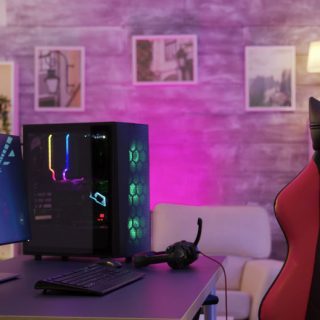










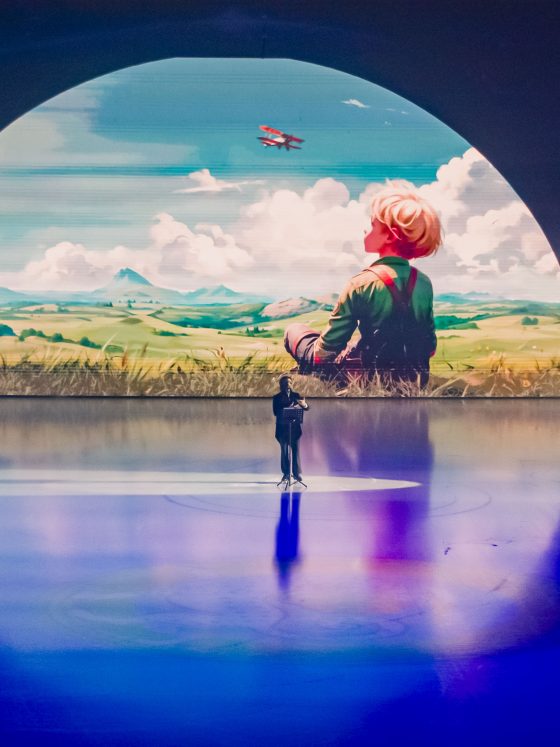
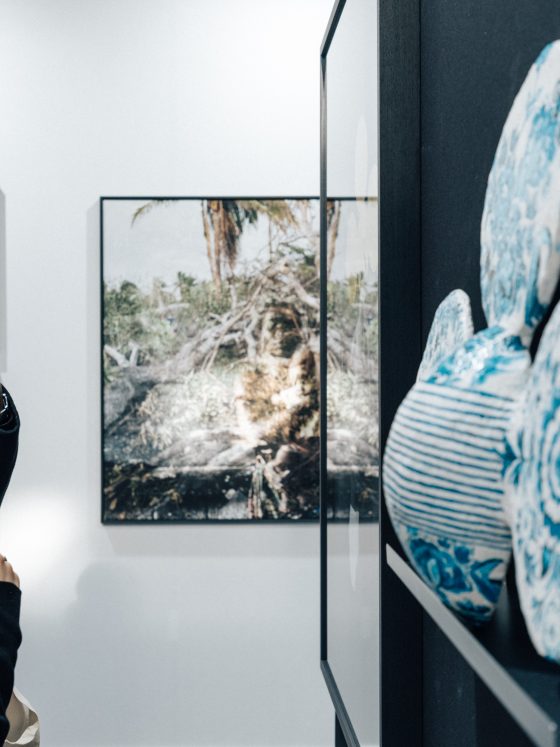
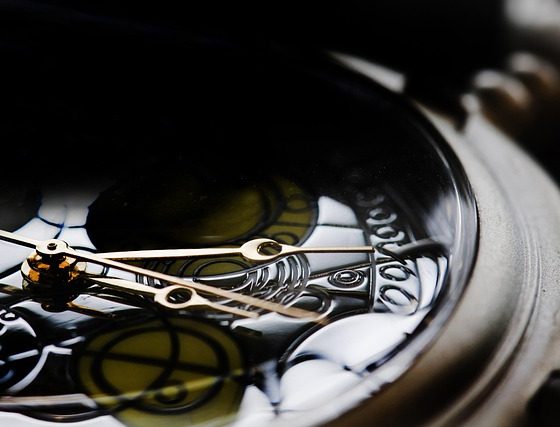


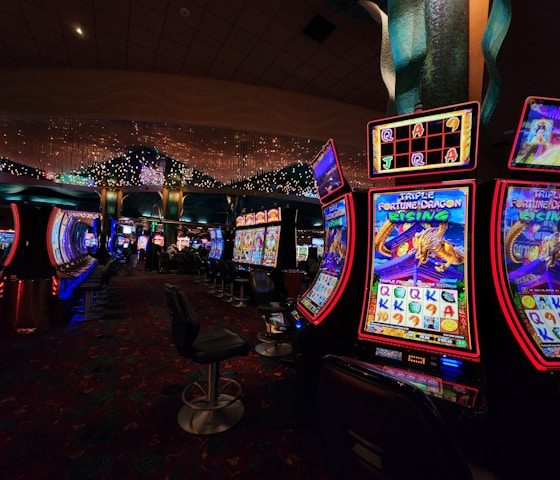
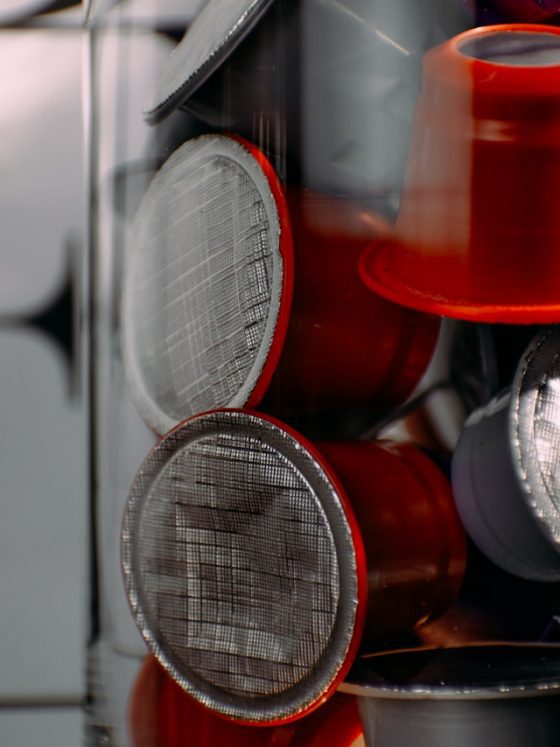

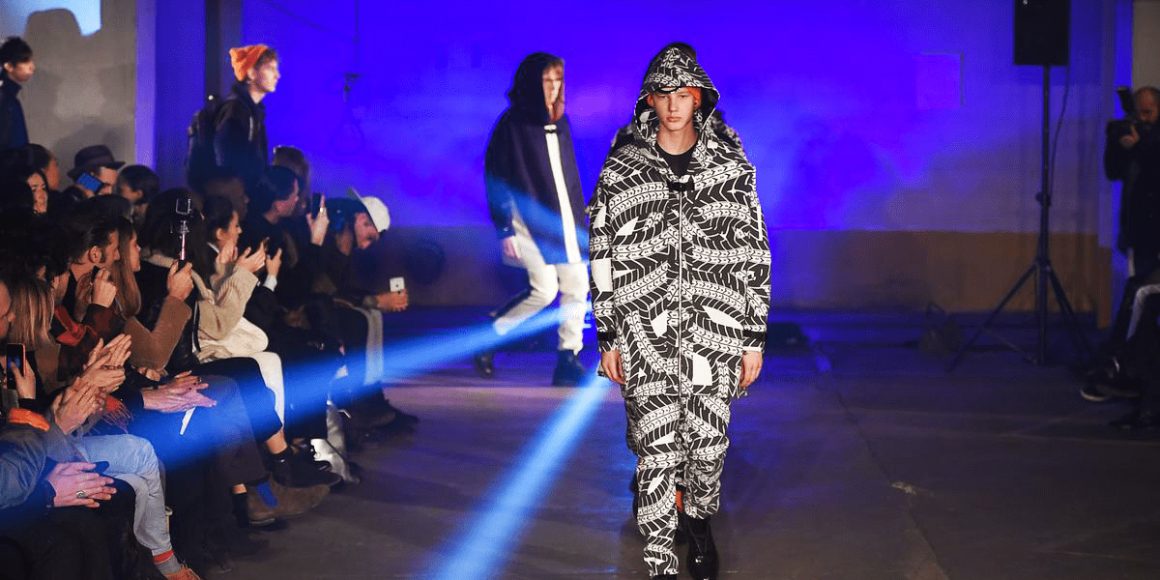
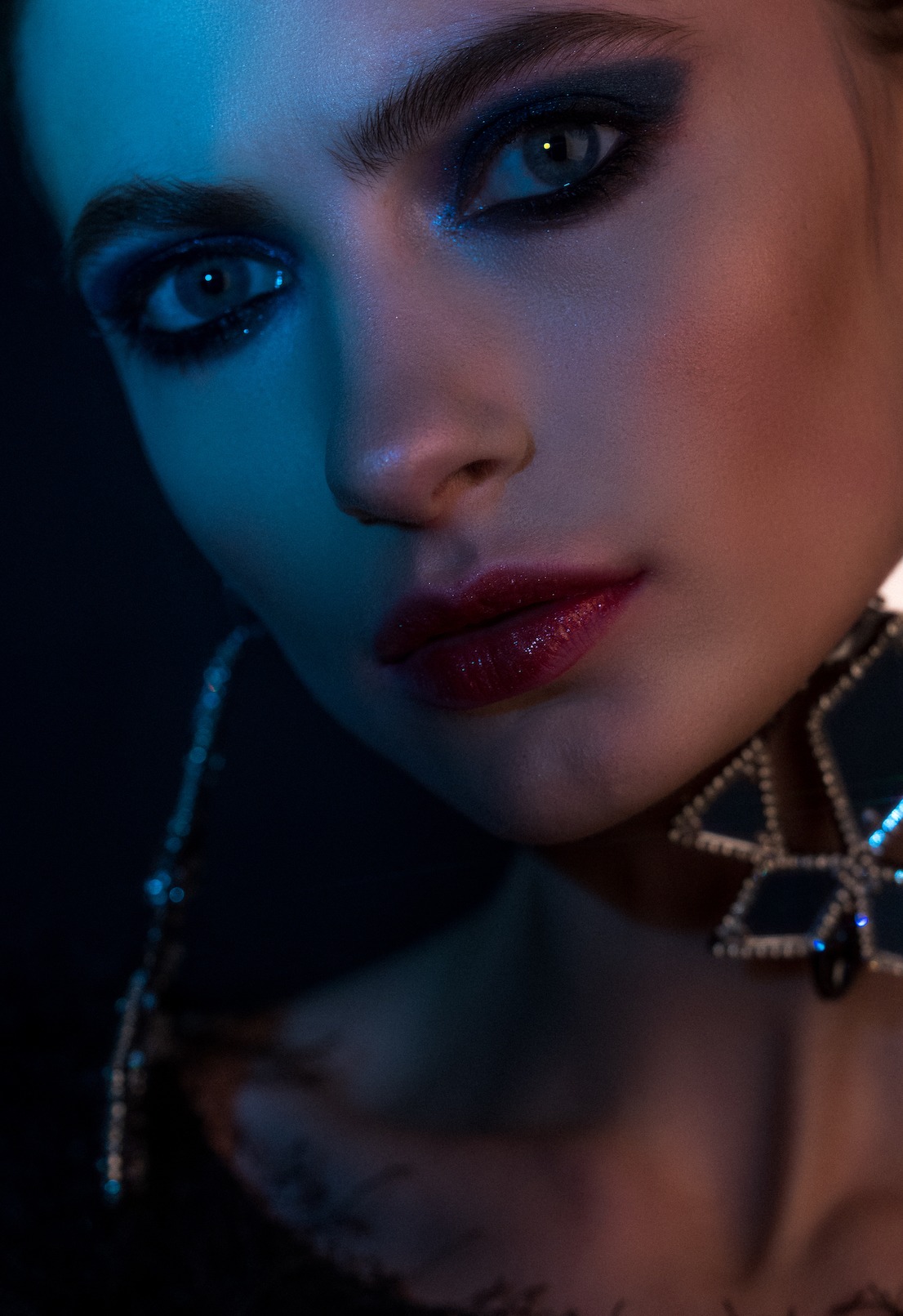


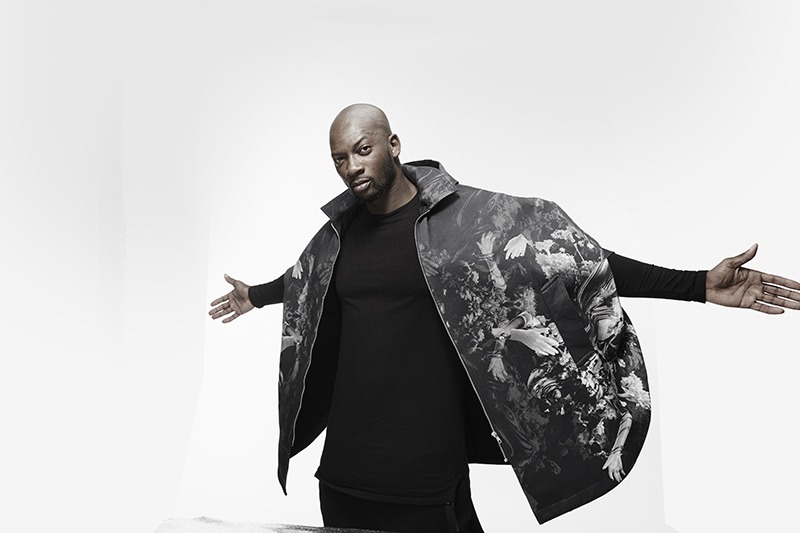

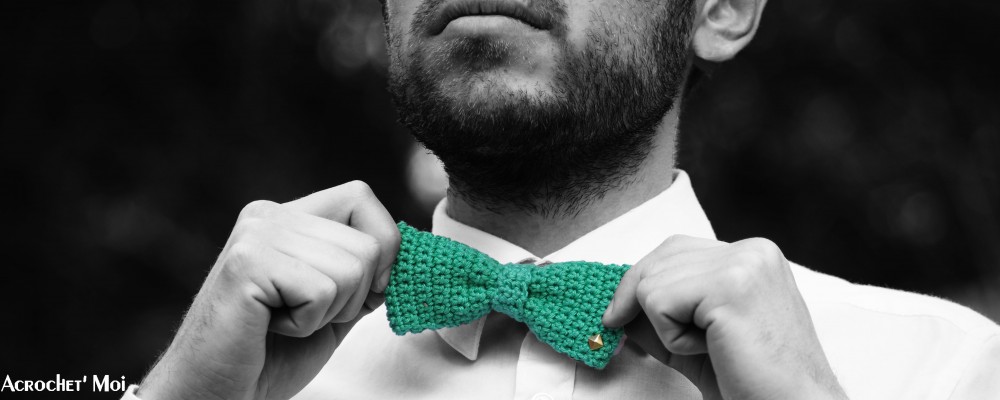

Follow us on Instagram